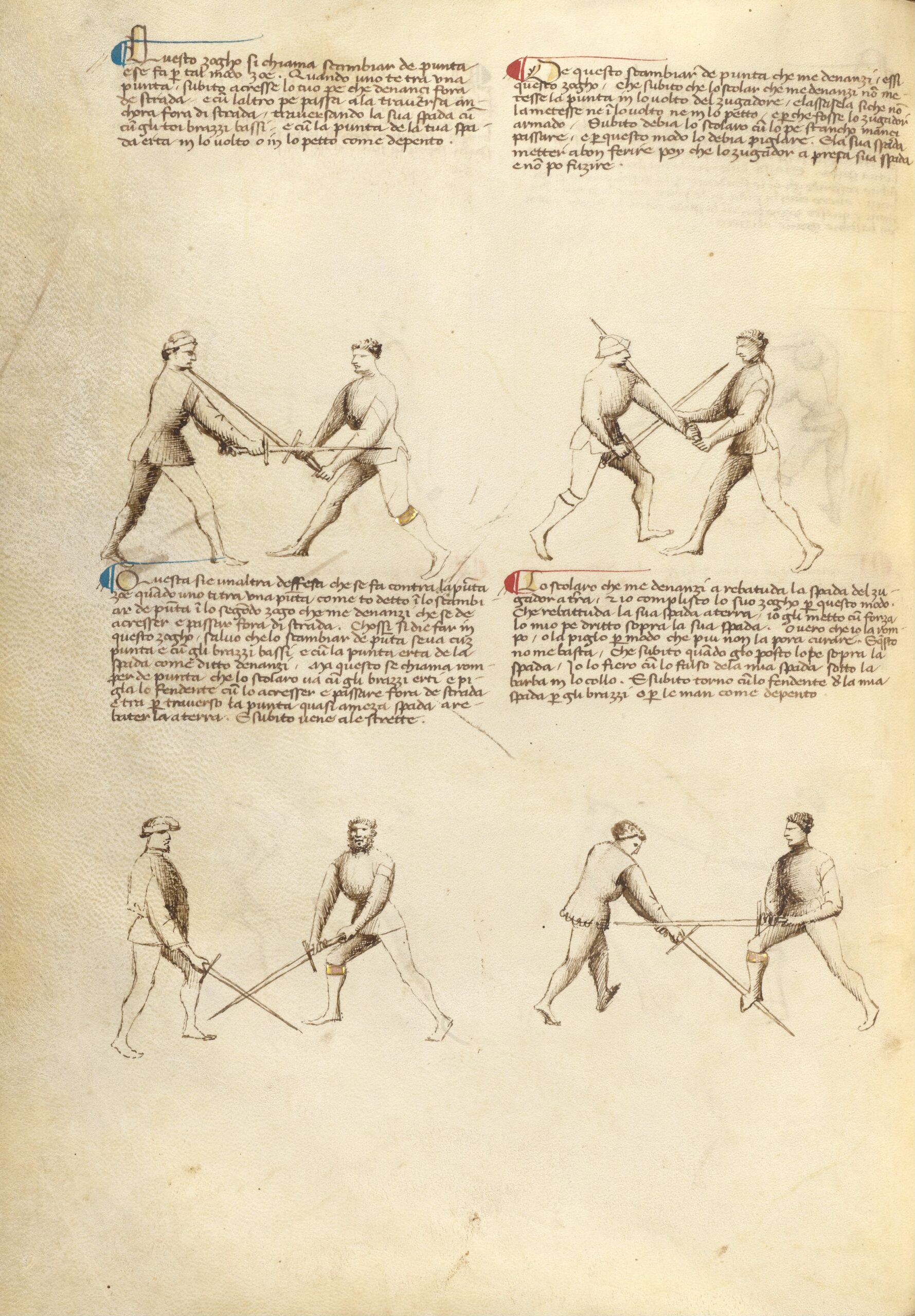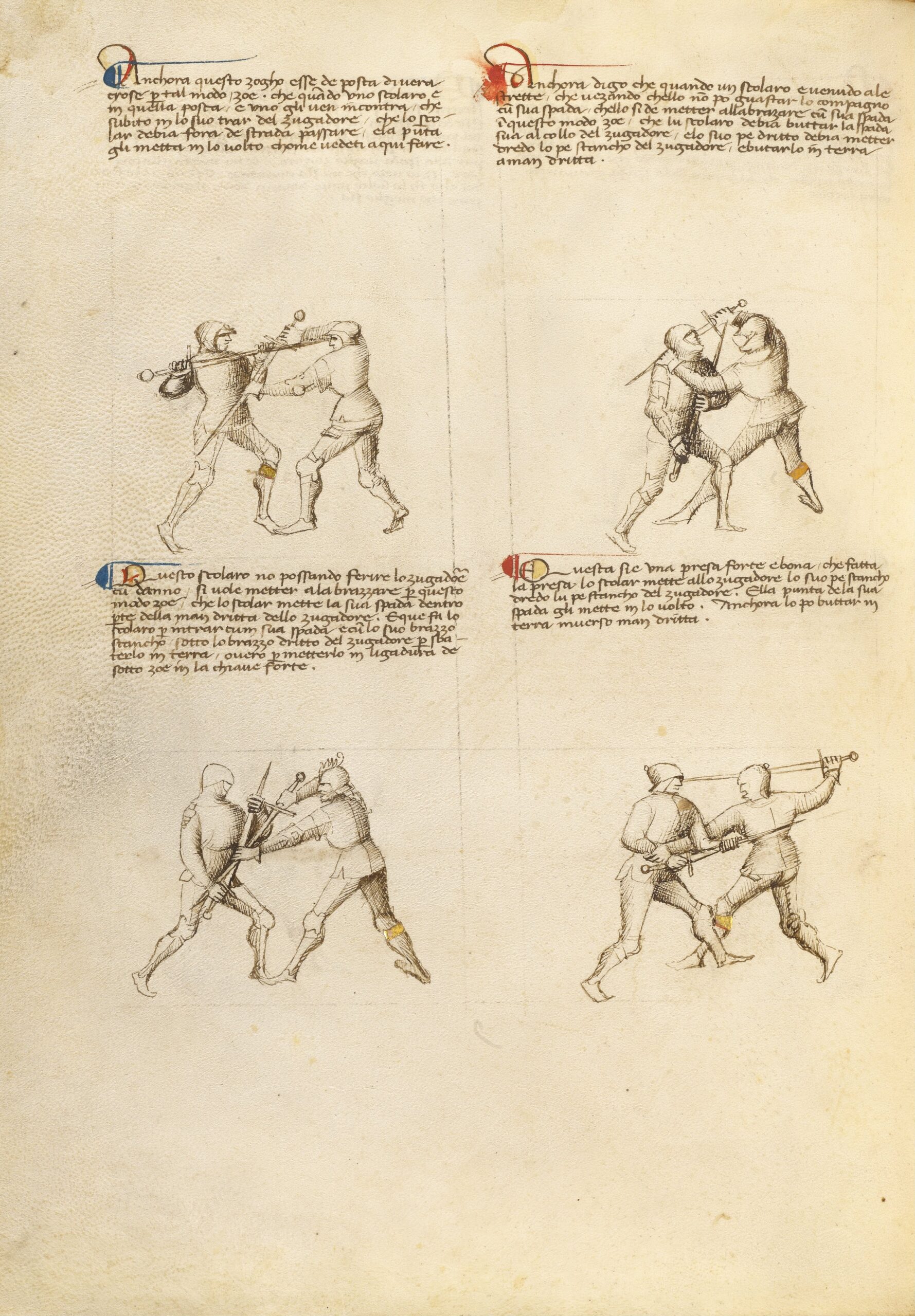Sing, fly, mate, die.
The periodical cicadas in Brood X are emerging from underground, where they have spent the last 17 years as nymphs. They are making the final climb of their lives, intent on escaping their carapaces in order to make more cicadas. And as always they are doing it en masse.
Once free, they must quickly get the hang of their brand new wings, and make for the trees, where the males will sing (some say scream) in a bid for females with whom to mate.
The pregnant females drill cavities into narrow branches to receive their eggs.
By the time the larva emerge, some six weeks later, their mothers and fathers are long dead.
Instinct propels these babies to drop to the ground and burrow in, thus beginning another 17 year cycle, a process Samuel Orr, a time lapse photographer and filmmaker specializing in nature documentary, documents in macro close up in Return of the Cicadas, above.
His adventures with Brood X date to their last emergence in 2004, when he was a student at Indiana University, working in a lab with a professor whose area of expertise was cicadas.
While waiting around for Brood X’s next appearance, he traveled around the country and as far as Australia, gathering over 200 hours of footage of other periodical cicadas for an hour long, Kickstarter-funded film that aired on PBS in 2012.
Brood X has a way of ensuring that we humans will also observe a 17 year cycle, at least those of us who live in the states the Great Eastern Brood calls home.
Some celebrate with commemorative merch. This year, that means face masks as well as an ever burgeoning assortment of t‑shirts, mugs, and other paraphernalia.
Also new this year, Cicada Safari, entomologist Dr. Gene Kritsky’s smartphone app for citizen scientists eager to help map the 2021 emergence with photos and location.
There are some among us who complain about the males’ lusty chorus, which can rival garbage disposals, lawn mowers, and jackhammers in terms of decibels.
Those concerned with the planet’s health can use the data from this and past emergences to discuss the impact of climate change and deforestation. Brood X is listed as “Near Threatened” on the International Union for Conservation of Nature’s Red List.
Some of us are moved to write poetry and songs, though we don’t always get the species right — witness Ogden Nash’s Locust-Lovers, Attention! (1936) and Bob Dylan’s Day of the Locusts (1970).
Inevitably, there will be articles about eating them. It’s true that they’re a hyperlocal source of sustainable protein, albeit one that’s rarely on the menu. (The Onondaga Nation celebrates — and ceremonially samples — Brood VII every 17 years, crediting the insects with saving their ancestors from starvation after the Continental Army destroyed their villages and food sources in 1779.)
Human nature is such that we can’t help but reflect on the twists and turns our lives have taken over the last 17 years.
A woman in Maryland planned a cicada themed wedding to coincide with Brood X’s 1987 emergence, having been born two emergences before, and graduated from Bryn Mawr during the 1970 emergence, as 50 miles away, Bob Dylan was having his fateful encounter on the campus of Princeton.
Most of us will find that our milestones have been a bit more accidental in nature.
Brood X’s emergence also serves as a lens through which to view 17 years in the life of our country. The Onion took this to the edge several years ago with an article from the point of view of Brood II, but it’ll be hard to top the 17-year chunk of recent history Brood X and the humans who have been living atop them since 2004 will have to digest.
Speaking of history, Brood X Mania has been around much longer than any of us have been alive, and probably predates a Philadelphia pastor’s description of the 1715 emergence in his journal (though we’ll give him FIRST!!! since no earlier accounts have surfaced).
Prior to the Internet, entomologist Charles L. Marlatt’s The Periodical Cicada: An Account of Cicada Septendecim, Its Natural Enemies and the Means of Preventing Its Injury (1907) was the go to source for all things cicada related, and it remains a fascinating read.
In addition to lots of nitty gritty on the insects’ anatomy, habits, diet, and habitat, he quotes liberally from other cicada experts, from both his own era and before. The anecdotal evidence suggests our obsession is far from new.
These days, anyone armed with a smartphone can make a recording of Brood X’s cacophony, but back then, experts in the field were tasked with trying to capture it in print.
Professor Charles Valentine Riley compared the sound early in the season, when the first males were emerging to the “whistling of a train passing through a short tunnel” and also, “the croaking of certain frogs.” (For those needing help with pronunciation, he rendered it phonetically as “Pha-r-r-r-aoh.”)
Professor Asa Fitch’s described high season in New York state, when a maximum of males sing simultaneously:
tsh-e-e-E-E-E-E-e-ou, uttered continuously and prolonged to a quarter or half minute in length, the middle note deafeningly shrill, loud and piercing to the ear
Marlatt himself worried, prematurely but not without reason, that the march of civilization would bring about extinction by over-clearing the densely wooded areas that are essential to the cicadas’ reproductive rituals while offering a bit of protection from predators.
Dr. Samuel P. Hildreth of Marietta, Ohio noted in 1830 that “hogs eat them in preference to any other food” and that birds were such fans “that very few birds were seen around our gardens during their continuance and our cherries, etc, remained unmolested.”
Dr. Leland Ossian Howard was erroneously credited with conducting “the first experiments of cicada as an article of human food” in early summer 1885. Marlatt reproduces the account of an eyewitness who seemed to fancy themselves a bit of a restaurant critic:
With the aid of the Doctor’s cook, he had prepared a plain stew, a milk stew, and a broil. The Cicadae were collected just as they emerged from pupae and were thrown into cold water, in which they remained overnight. They were cooked the next morning, and served at breakfast time. They imparted a distinct and not unpleasant flavor to the stew, but they were not at all palatable themselves, as they were reduced to nothing but bits of flabby skin. The broil lacked substance. The most palatable method of cooking is to fry in batter, when they remind one of shrimps. They will never prove a delicacy.
We leave you with the thoughts of Dr Gideon B. Smith of Baltimore, whose attempt to capture a mercurial month turns bittersweet, and all too relatable:
The music or song produced by the myriads of these insects in a warm day from about the 25th of May to the middle of June is wonderful. It is not deafening, as many describe it; even at its height it does not interrupt conversation. It seems like an atmosphere of wild, monotonous sound, in which all other sounds float with perfect distinctness. After a day or two this music becomes tiresome and doleful, and to many very disagreeable. To me, it was otherwise, and when I heard the last note on the 25th of June the melancholy reflection occurred. Shall I live to hear it yet again?
Related Content:
Sounds of the Forest: A Free Audio Archive Gathers the Sounds of Forests from All Over the World
Tune Into Tree.fm: An Online Radio Station That Streams the Soothing Sounds of Forests from Around the World
How Sounds Are Faked For Nature Documentaries: Meet the Artists Who Create the Sounds of Fish, Spiders, Orangutans, Mushrooms & More
Ayun Halliday is an author, illustrator, theater maker and Chief Primatologist of the East Village Inky zine. Welcome back, Brood X Overlords! Follow her @AyunHalliday.





